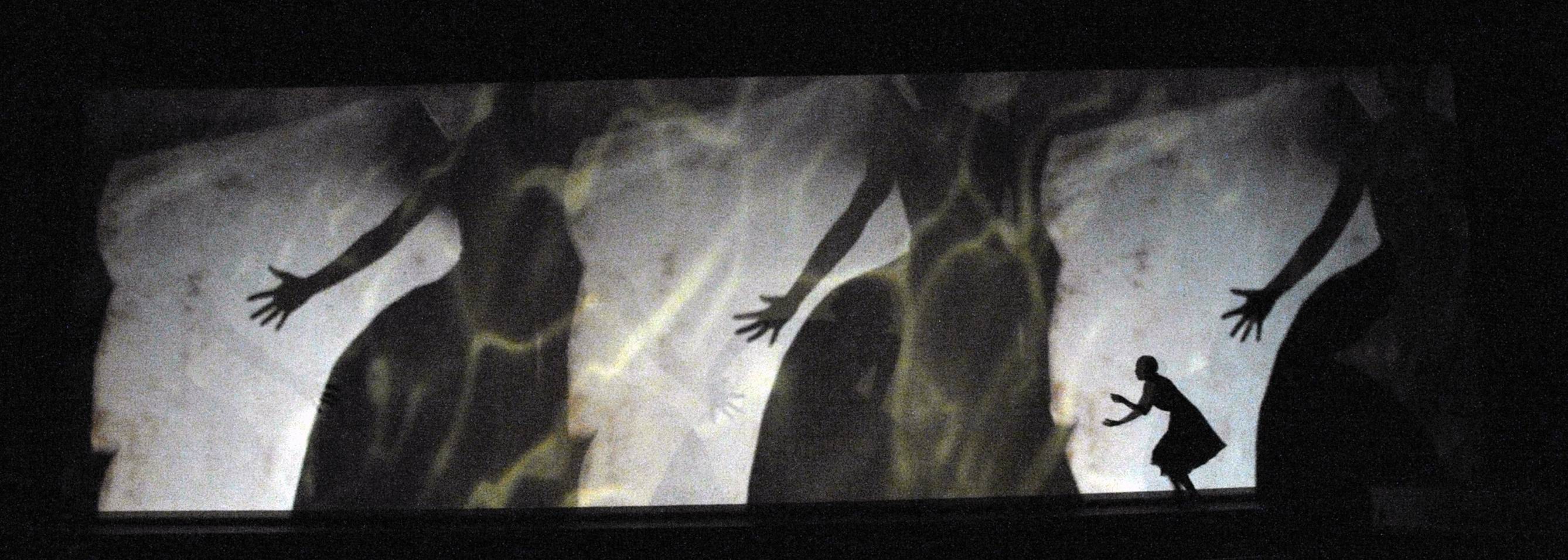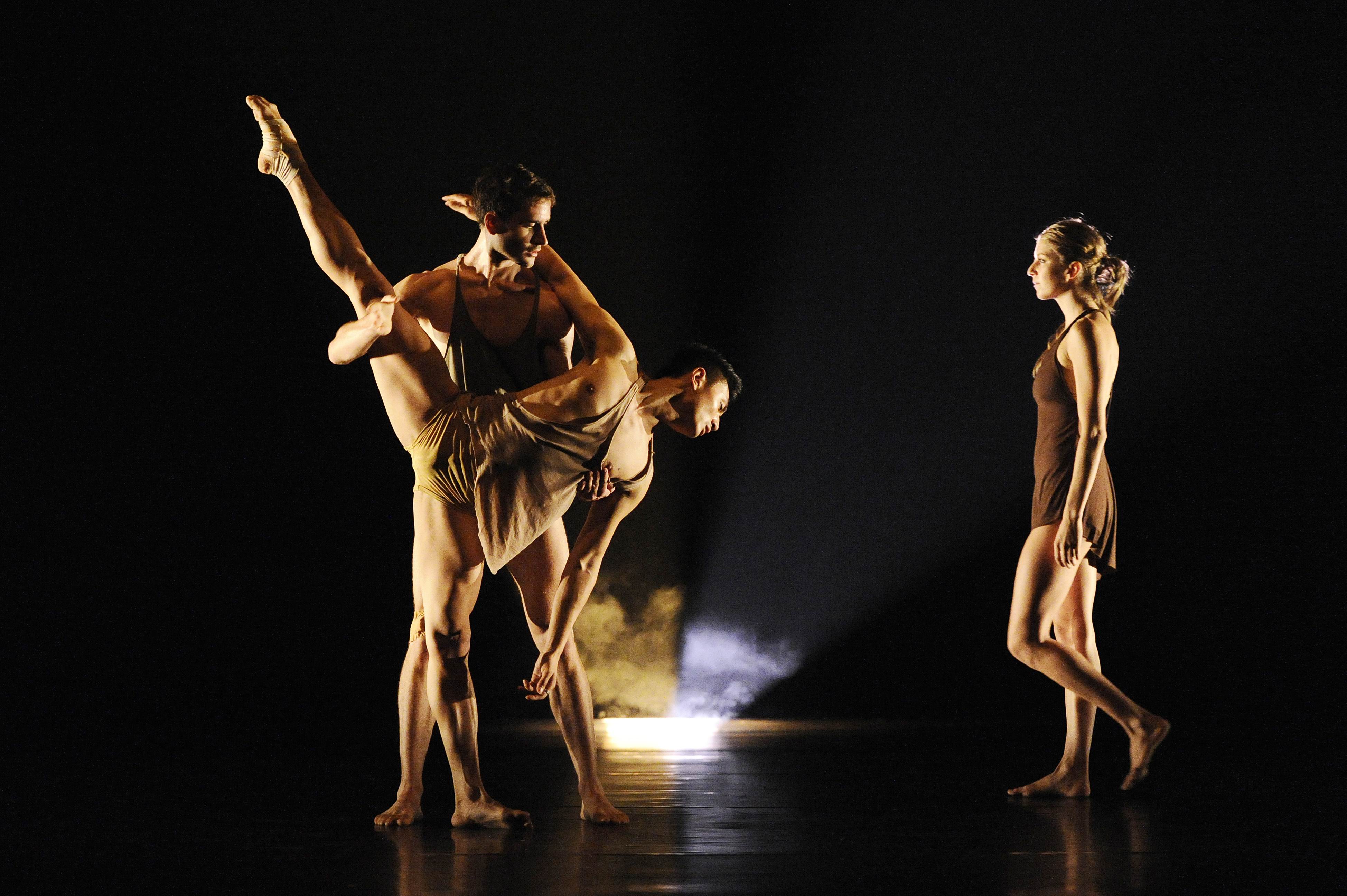Hélène Kirsova. Some problems with costumes
Back in 1995 I wrote an article on Hélène Kirsova for Dance Research. During the course of writing that article I came across a clipping in the Kirsova Archive held by the National Gallery of Australia, in which it was reported that Kirsova had had to postpone a Sydney season planned for September 1944 because she was unable to obtain the

